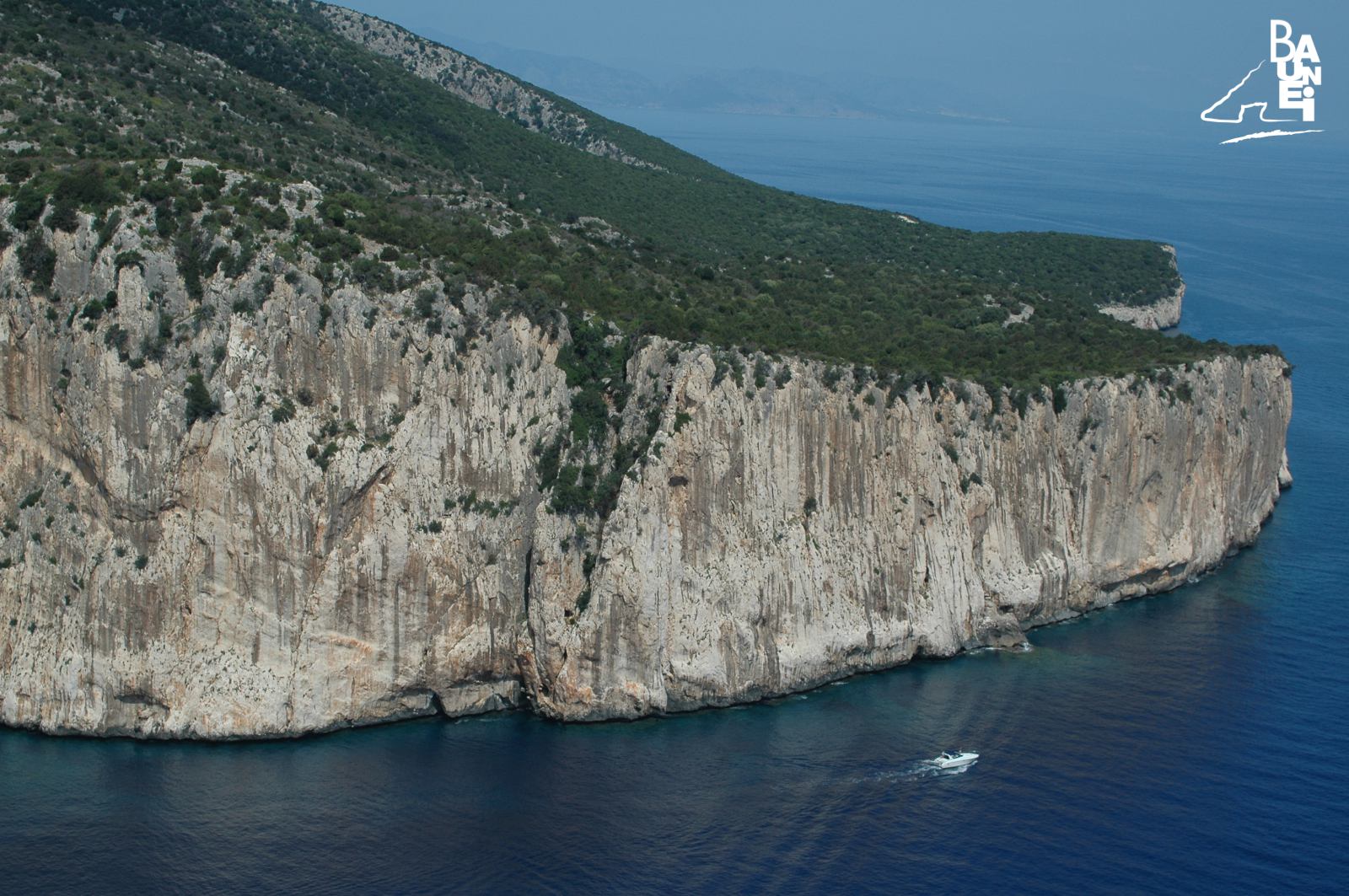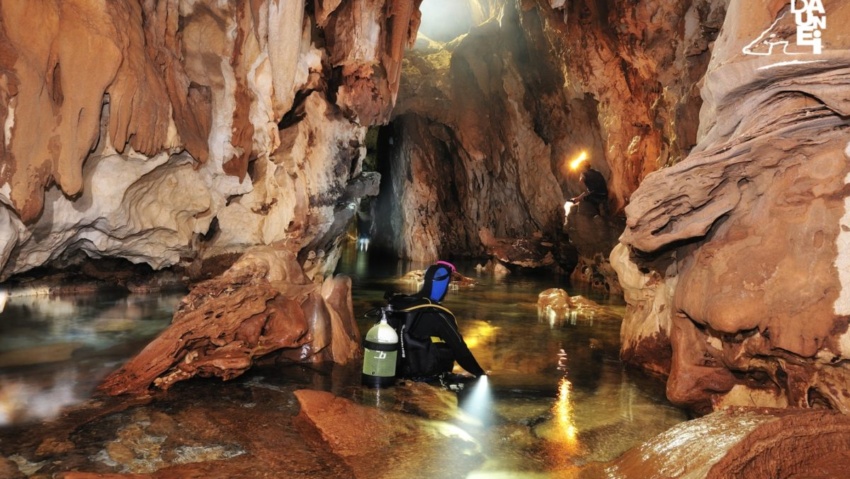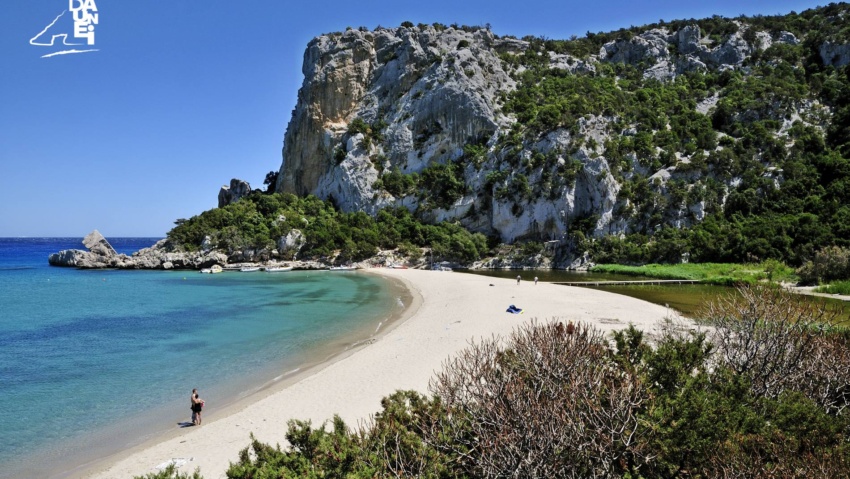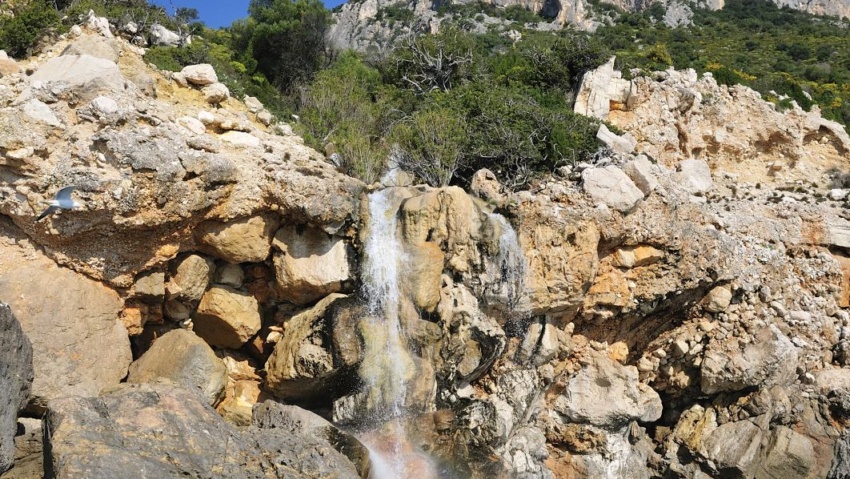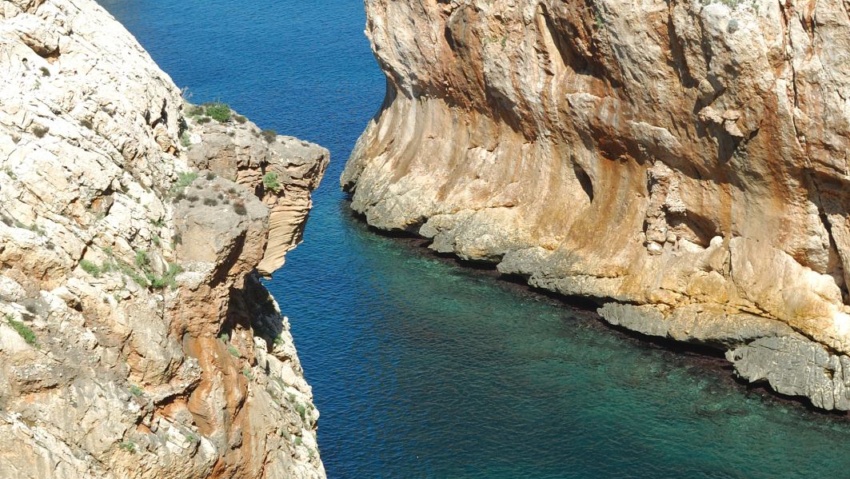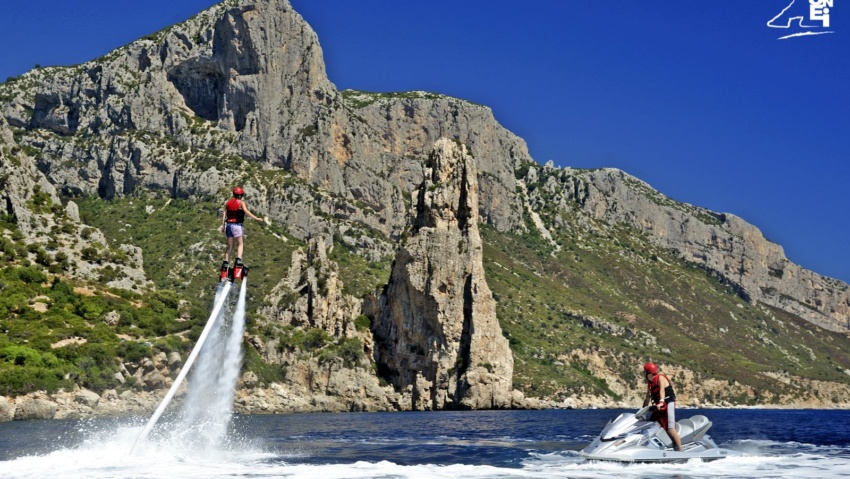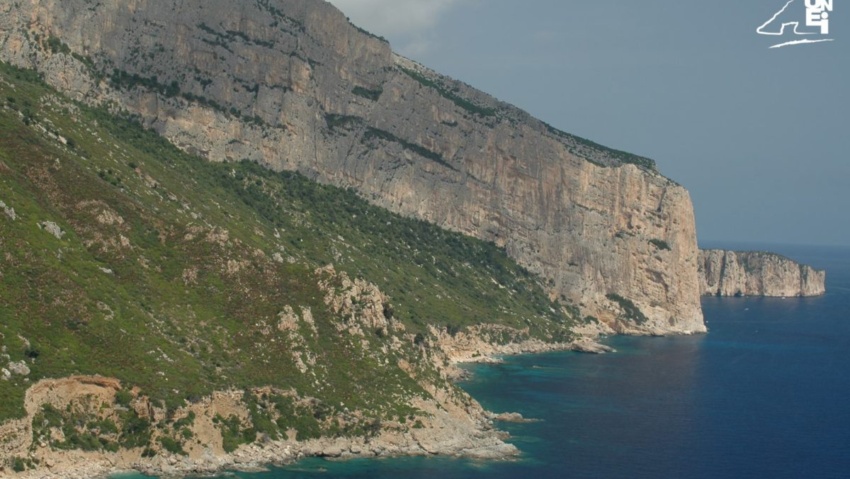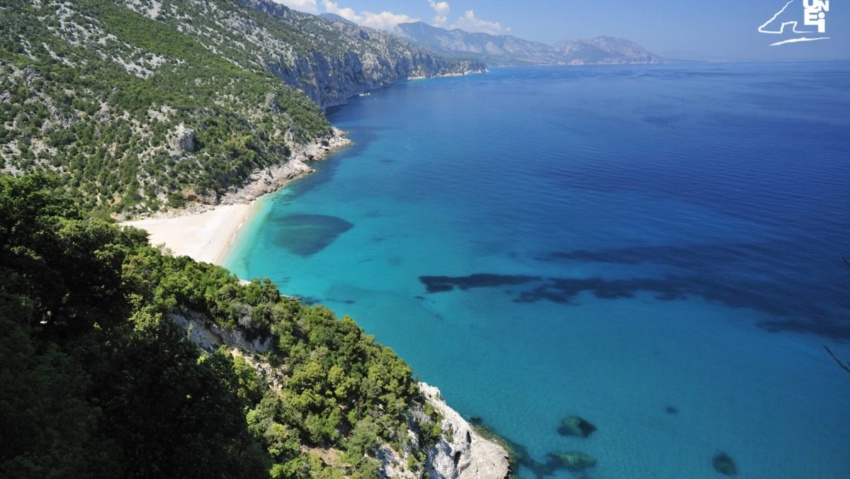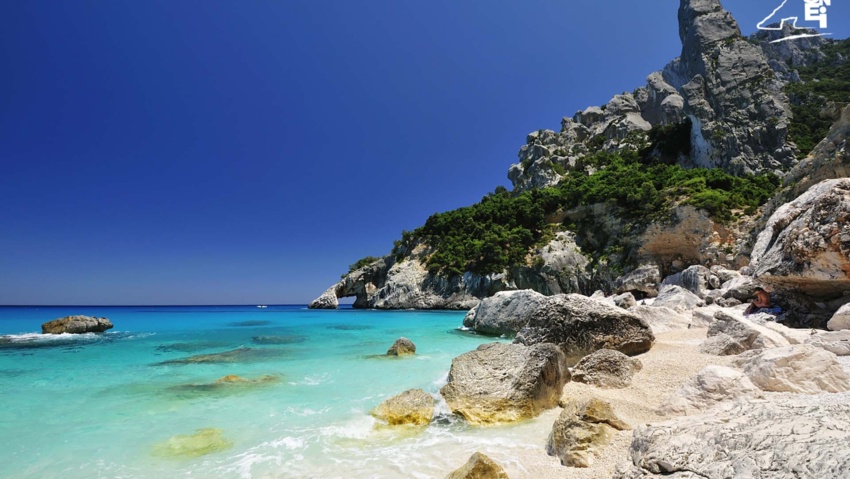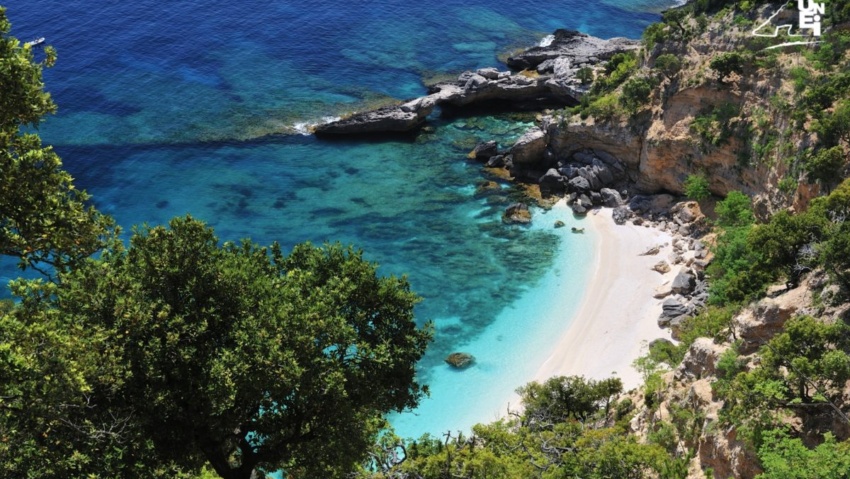Capo Monte Santu cliffs
The promontory of Capo Monte Santu marks the southern border of the Gulf of Orosei, whose northern border is at Capo Comino. “This cape, which is well known to sailors, – noted La Marmora, struck by the majesty of the cliffs, in his work “Itinerary of the island of Sardinia” – has a sheer drop at a considerable height above sea-level, which washes the its cliffs, several hundred metres in height; in calm weather they can be touched by hand, because they plunge vertically into the sea down to a great depth”.
The stretch of coastline at Capo Monte Santu is particularly rugged, with some coves that penetrate tens of metres into the limestone walls as if they were fjords. These indentations of the coast, only visible to those who sail very close to the cliffs, are called “Portu” in Sardinian, because in certain weather conditions they allow small boats to get close to the cliffs. Sailing northwards from the south, vessels come across, in order: “Portu Pedrosu”, “Portu Cuau” and “Portu Eltiera”. “Portu Pedrosu”, which literally means “stony port” (because it ends in a small beach made of stones and pebbles), is called “Portu Porru ’e campu” by Baunesis herdsmen. In these parts, “Portu Porru ’e campu” is the Sardinian name for a particular species of wild garlic, the “triquetrum garlic”, a herbaceous bulbous plant with white flowers streaked with green that grows mainly in moist and shady ground and evidently, in the past, was so widespread in the area behind the small fjord that it encouraged herdsmen to associate the name to the creek. La Marmora mentions this name in 1857: “It is located in a cove, called Porru ’e Campu, before you reach the Guglia [the peak of Cala Goloritzè]”. The final part of the cove is very narrow and can only be reached by small crafts. “Portu Cuau”, which means “hidden port”, is a wider cover than “Portu Pedrosu”, and, during the era of the coalmen, was a landing point for the vessels that loaded the coal produced in lay-bys behind. “Portu Cuau” also boasts two names; it is known among the fishermen of Arbatax and Cala Gonone as “Cala Tramontana”. “Portu Cuau”, which is larger and wider than “Portu Pedrosu”, can also accessible be accessed by medium size vessels. “Portu Eltiera”, which unlike the two “ports” that precede it does not extend lengthwise, is a recess in the sheer cliffs on the coastline that does not seem like a safe haven in the event of rough seas at all.
